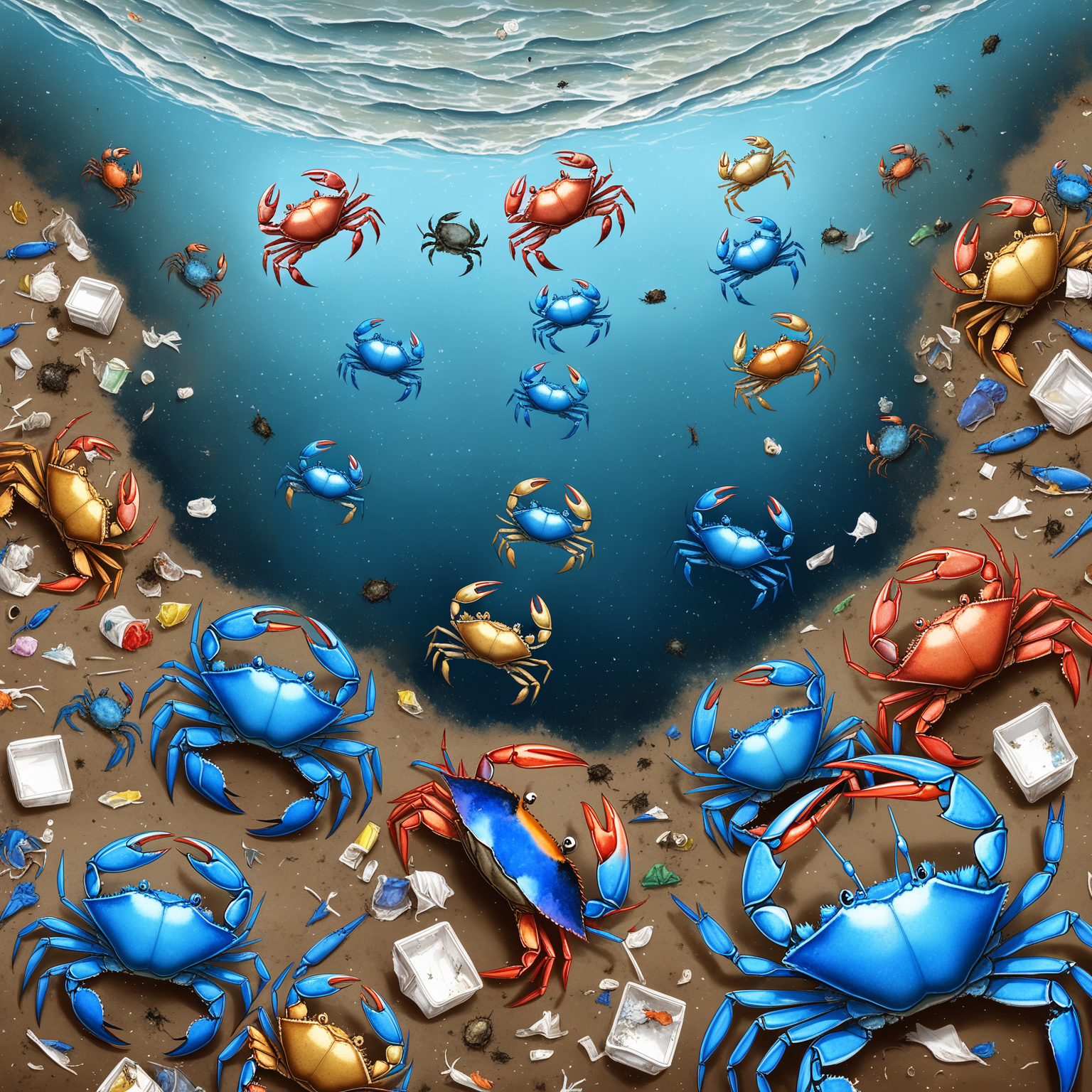In a world saturated with shiny new trends and flashy solutions, leaders often find themselves chasing the latest innovations that promise quick results. However, as we navigate the complexities of today’s work environments—marked by economic fluctuations and shifting employee expectations—it’s essential to recognise that the most effective solutions may not be the most glamorous. Instead, the understated and often "beige" strategies can yield sustainable success.
Take, for example, the blue crab (Callinectes sapidus), found along the Atlantic coast of the United States and in the Gulf of Mexico. These resilient creatures are known for their adaptability and play a vital role in the marine ecosystem. However, in recent decades, blue crab populations faced significant challenges due to habitat degradation, pollution, and overfishing, particularly in areas like Chesapeake Bay, a critical nursery ground for young crabs.
Instead of merely advising the crabs to be tougher, scientists shifted their focus to improving their environment. Over the years, initiatives have been implemented to enhance the ecosystem, including reducing nutrient runoff from agricultural and urban areas, upgrading wastewater treatment plants, and restoring wetlands. These proactive measures have led to improved water quality, the revival of underwater grasses, and a flourishing blue crab population.
Understand the Ecosystem
To build a thriving workforce, it’s crucial to grasp the dynamics of your organisation and the individuals within it. Just as blue crabs depend on a healthy ecosystem, your team’s success hinges on its environment. Reflect on:
How clean is your ocean?
Identifying and addressing obstacles within your organisational ecosystem will allow you to make meaningful changes that foster resilience and adaptability.
Reflect on the Leader (You)
As a leader, your influence is profound. Your presence and attitude resonate throughout your team, shaping the overall morale and productivity. Take a moment to reflect on:
How do you show up each day?
How effectively do you communicate with your team?
What methods do you use to support and empower your team members?
How do you build trust within your group?
Your leadership directly impacts the team's health.
How healthy is the head fish?
A leader who prioritises their wellbeing and self-awareness lays the groundwork for a robust and thriving team.
Organise Your Environment
An organised environment is crucial for your team's success. Focus on these four key areas:
Organisational Design: Design drives behaviour. Strategically develop plans that guide effective implementation.
Clear Roles and Relationships: Establish clear expectations and define roles to create social norms and clarify responsibilities.
Good Systems of Work: Ensure that work coordination is simple, integrated, and predictable, enabling your team to navigate their tasks efficiently.
Strong Interpersonal Skills: Foster good interpersonal skills to enhance behaviours and cultivate the social glue that binds your team together.
How organised is your ocean?
A predictable and well-organised environment empowers your team to swim freely and collaboratively towards shared goals.
In Summary
As leaders, it’s time to step back and focus less on changing your people. By attending to the environment around them, you will maximise your impact and enable your team to flourish.
“Change the environment and the environment changes you.”
If you're ready to dive deeper into creating a thriving organisational ecosystem, get in touch. Together, we can explore the subtle yet powerful changes that lead to sustainable success.

